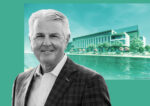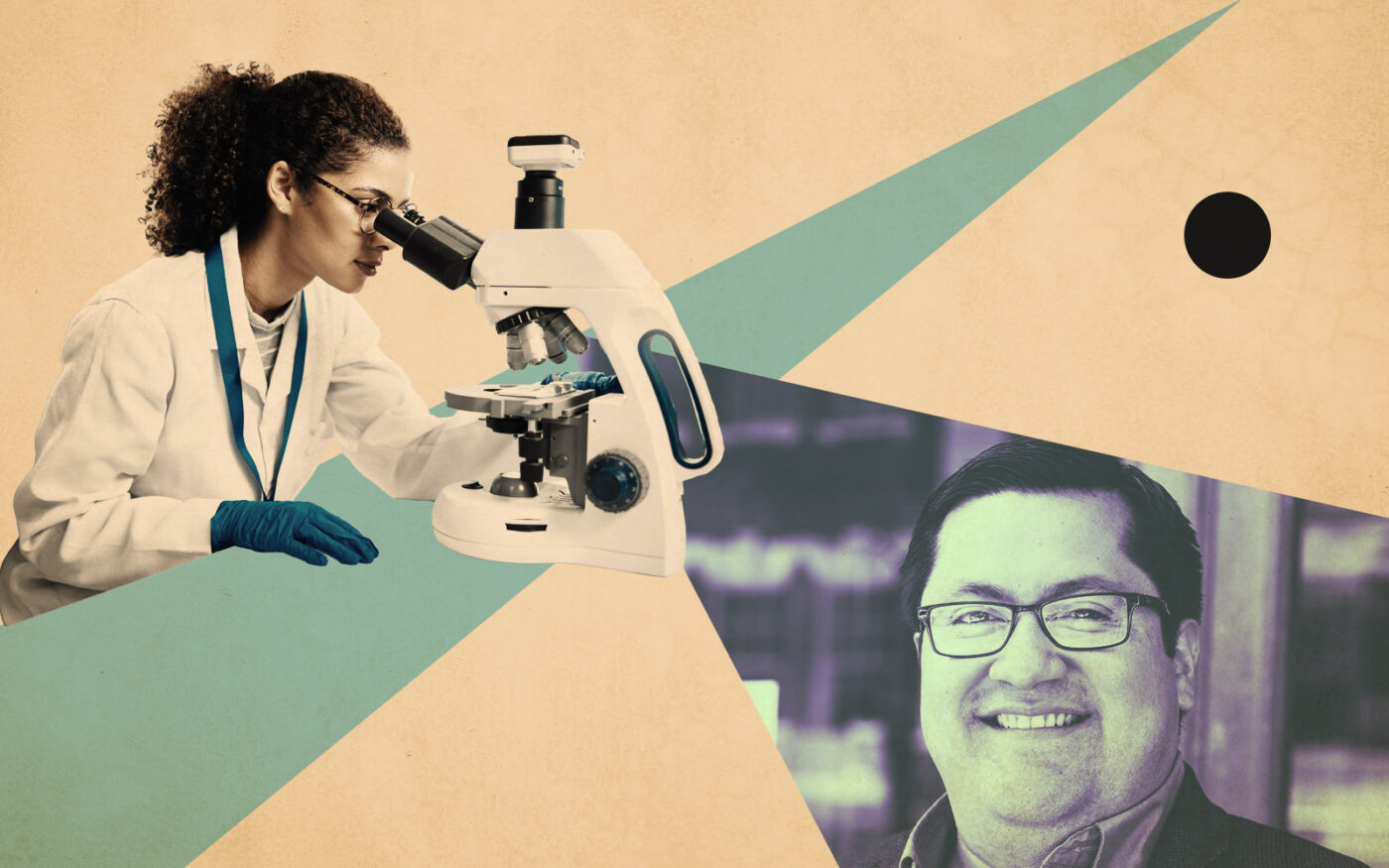Berkeley has tweaked its zoning laws to lure companies focused on research and development with less red tape.
The City Council voted to allow R&D labs with moderate biosafety risk in all parts of the East Bay city, the San Francisco Business Times reported.
The approval reduces parking requirements and clearly allows for R&D labs in Berkeley’s mixed manufacturing district.
Labs with less than 20,000 square feet will be permitted with an administratively approved zoning certificate around UC Berkeley, including the University Avenue commercial corridor, North Shattuck Avenue, Telegraph Avenue and Downtown.
Labs larger than 20,000 square feet would need an administrative use permit, which would require a public review process.
Of the city’s top 25 employers, six conduct R&D in biotechnology, climate technology and sound equipment manufacturing.
More than 400 innovation sector businesses now operate in Berkeley, according to a map on the Berkeley Startup Cluster website. The zoning changes are just the latest effort by Berkeley leaders to encourage growth through innovation.
In November, the City Council approved an expansion of a 2019 tax exemption on government grants given to small research and development businesses to also include grants from philanthropic groups.
The amended zoning could lead to a modest increase in business license and sales tax revenue, while also reducing city expenditures on staff time, according to a staff report.
Council members lauded the proposal as a common sense approach to retaining innovative businesses and shared confidence in the city’s ability to prevent and respond to any threats.
The city now permits biosafety level 1 and level 2 research in all parts of the city. A biosafety level 1 rating is given to labs that study toxins or agents not known to cause diseases in healthy adults, while level 2 has a moderate risk, according to federal health regulators.
Biosafety level 3 and 4 labs study agents that pose a greater risk to the public and are banned in the city.
“I want to reassure folks,” Councilman Mark Humbert said. “It may sound glib, but I think it’s actually fair to say a restaurant with poor safety poses more of a risk than a lab working with BSL 1 and 2 agents.”
— Dana Bartholomew
Read more



